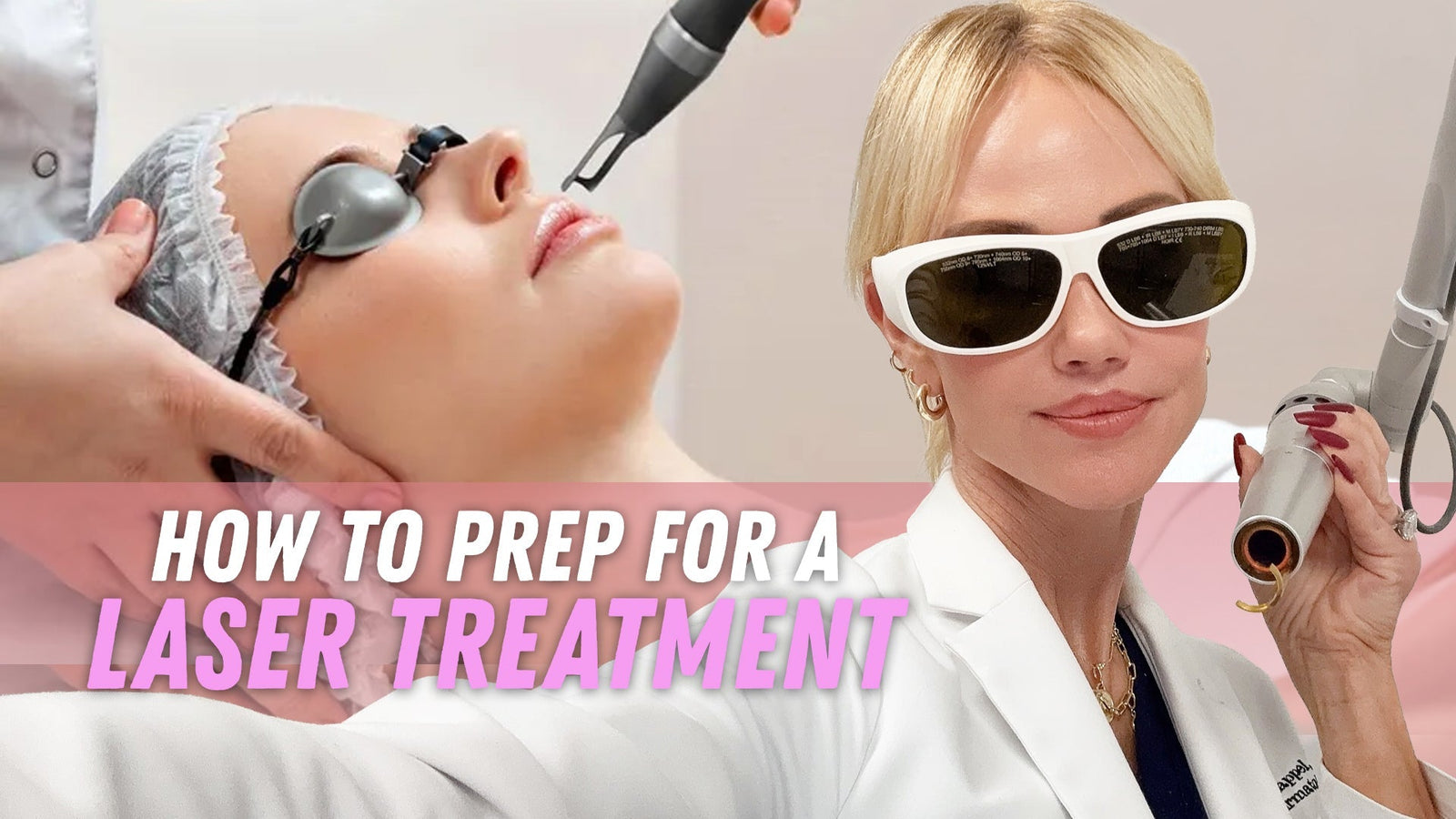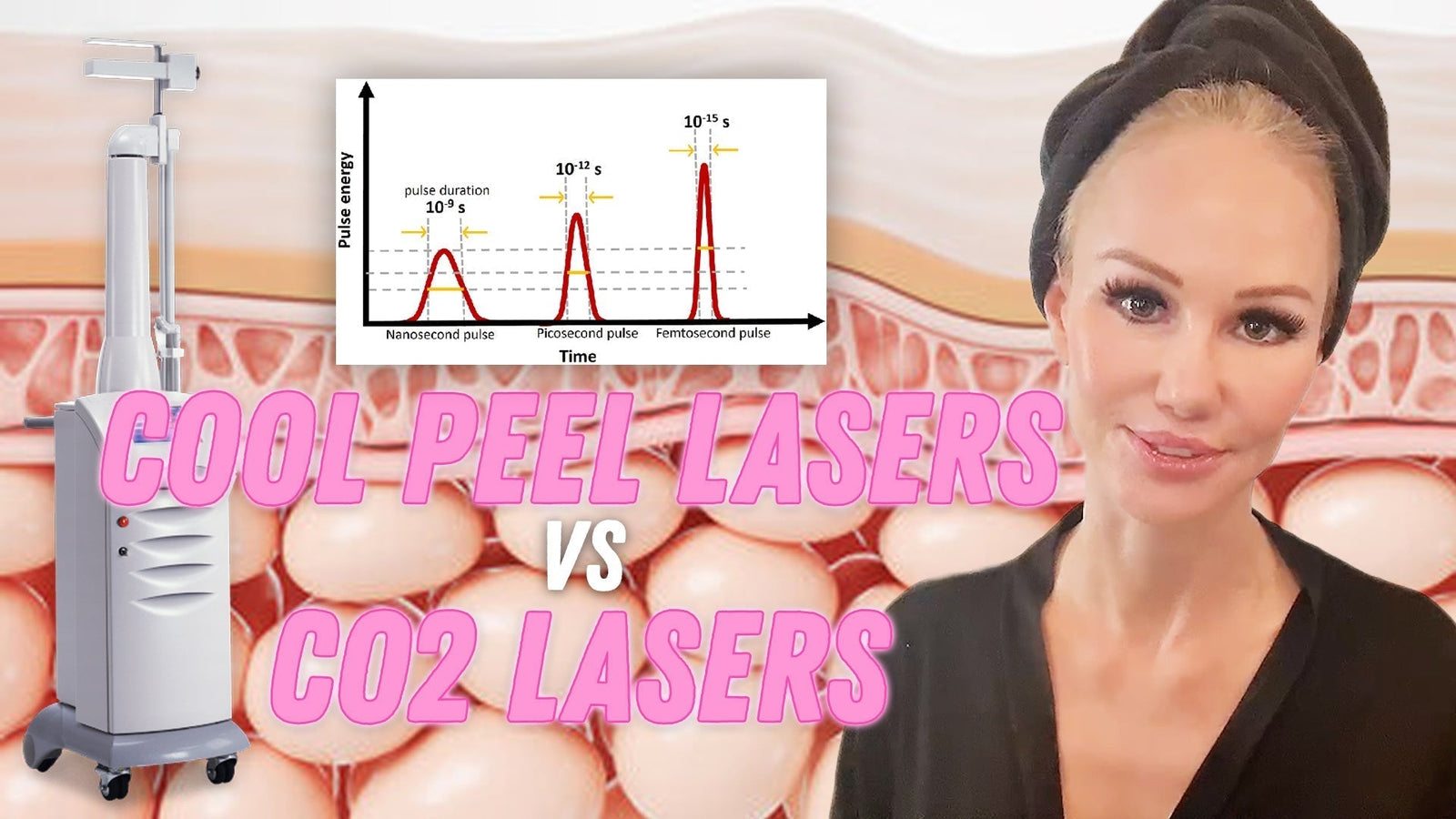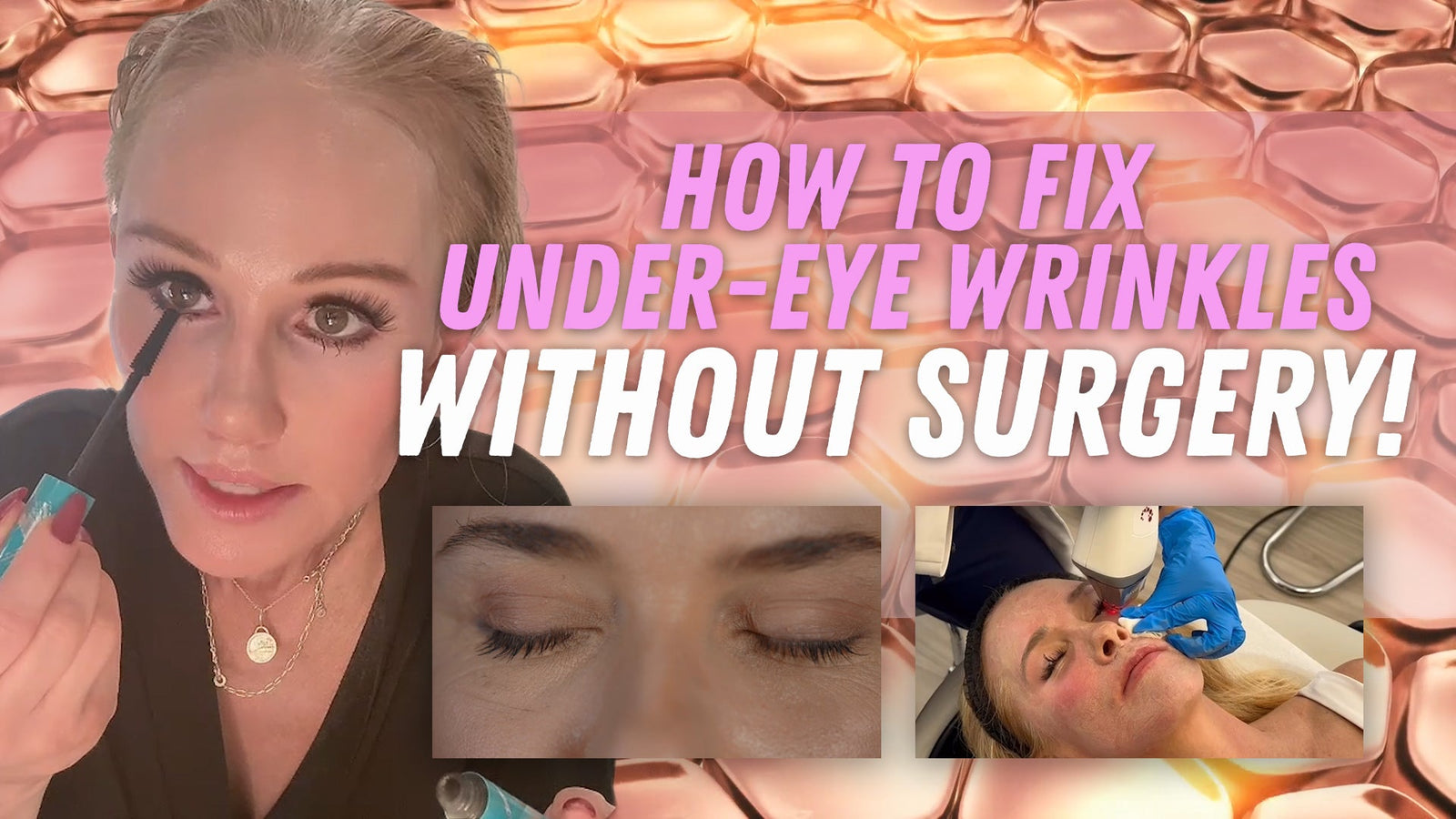Hi my beauties!
Today, I want to talk to you about lasers, a fascinating topic that can sometimes feel overwhelming. Many of my patients often ask me which laser to choose for their skin and express feeling overwhelmed by the options available. So, let's break it down and demystify lasers together!
There are three main types of lasers: hair removal, tattoo removal, and photo rejuvenation or resurfacing lasers. I mainly focus on rejuvenating and resurfacing lasers, which are typically faster than tattoo removal and hair removal lasers.
What sets lasers apart from other energy devices is that lasers use light and are attracted to specific targets called chromophores. On the other hand, energy devices use heat in various forms, like ultrasound, mono-polar or bipolar frequency, and microwaves. Broad Band Light devices (IPL and BBL) may be mistaken for lasers, but they lack the precision and elegance of true lasers. I always advise against IPL and BBL treatments as they may cause hyperpigmentation.
Lasers work based on their wavelength and the chromophore they target. Some lasers target hemoglobin, which is great for addressing redness, while others focus on melanin, which helps with pigmentation issues. Resurfacing lasers, the type I focus on, target water, making them effective for improving texture, scarring, and fine lines.
Within resurfacing lasers, we have two categories: ablative and non-ablative. Ablative lasers are stronger and vaporize tiny columns of skin, while non-ablative lasers heat up tissue without removing it. As a result, there are different downtime requirements for ablative and non-ablative treatments.
The depth of penetration of lasers depends on their wavelengths. Lighter resurfacing lasers, like Clear & Brilliant, are more superficial and allow you to resume your daily activities immediately after treatment. Deeper lasers, such as Fraxel Restore, require a bit more downtime. If you opt for CO2 or fully ablative lasers, expect more significant downtime, but the results can be remarkable for fine lines, wrinkles, and acne scars.
Fractionated or fraxel lasers treat only a portion of the skin, while fully ablative lasers remove the entire epidermis. Studies have shown that both fractionated and non-fractionated lasers yield similar outcomes. Fractionated lasers are more popular nowadays due to their effectiveness and reduced downtime.
It's essential to remember that lasers work on a cellular level and can be customized for individual skin types and goals. Each laser treatment contributes to the overall improvement of the skin, making it healthier and more radiant.
In conclusion, lasers are fantastic tools for addressing various skin concerns, and the choice ultimately depends on your desired level of aggressiveness and downtime. All laser treatments bring significant benefits to the skin, and the results compound with each successive treatment.
I hope this overview of lasers helps you feel more informed and empowered in making decisions about your skincare journey. As always, consult with a qualified skincare professional to find the best laser treatment for your specific needs. Remember, lasers can work wonders, so here's to glowing and rejuvenated skin!



